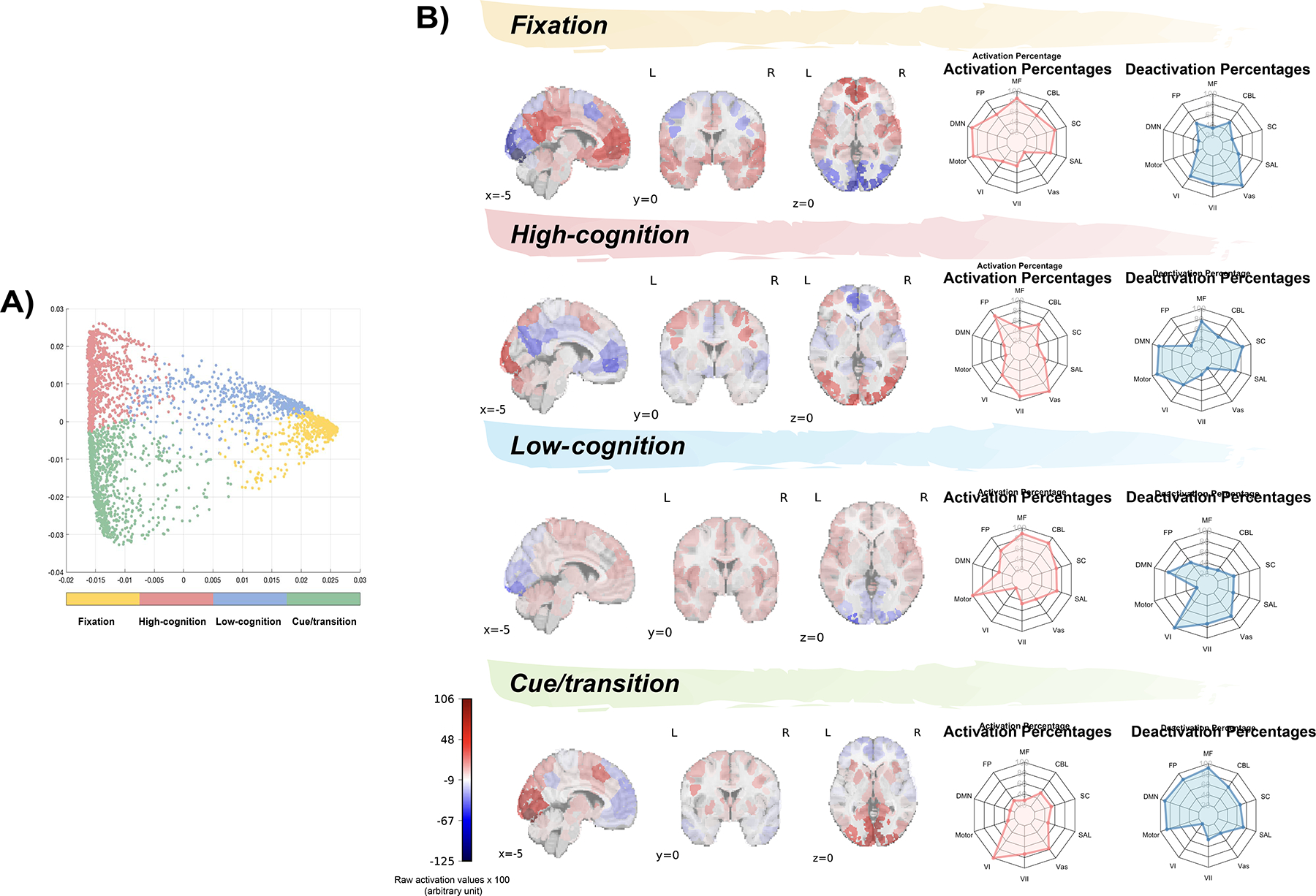Figure 3: Recurring brain states and their association with canonical functional brain networks.

A) Four brain states identified from K-means clustering. These states were defined as fixation, high-cognition, low-cognition, and cue/transition based on the prominent task conditions associated with the time points in each cluster (each dot here represents a time point; see Figure 1 and Supplementary Table 4 for their task conditions). B) Regional brain activation corresponding to the four representative brain states. Spider plots show the relative extent to which functional brain networks were activated and deactivated in each representative timepoint. For illustrative purposes, the raw activation values were multiplied by 100. MF, medial frontal network; CBL, cerebellar network; SC, subcortical network; SAL, salience network; Vas, visual association network; VII, visual II network; VI, visual I network; motor, motor network; DMN, default mode network; FP, frontoparietal network.
